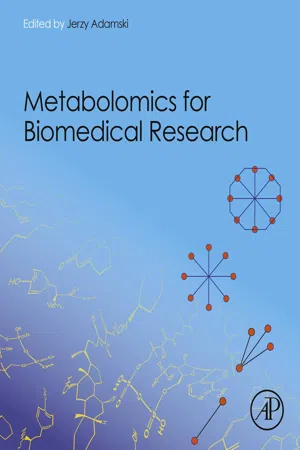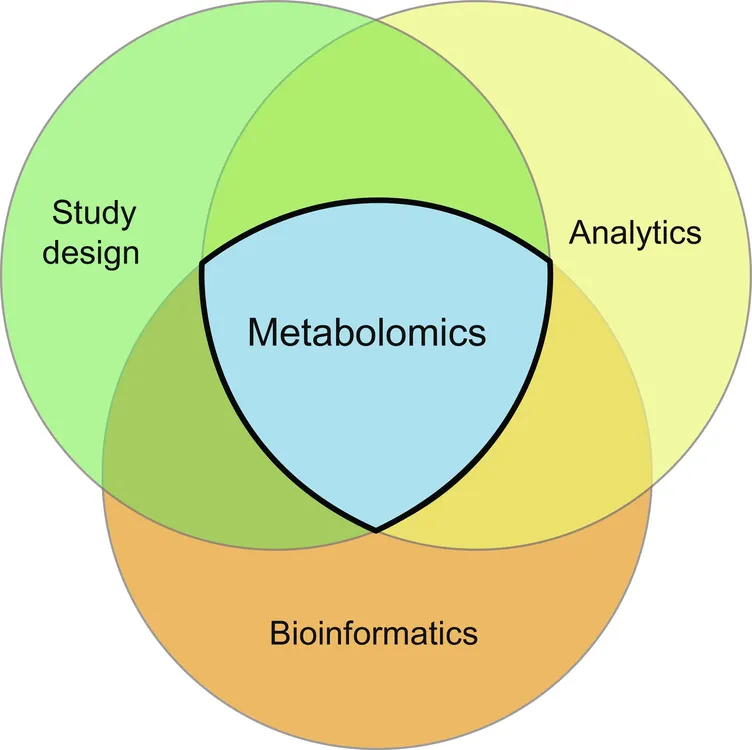
- 266 pages
- English
- ePUB (mobile friendly)
- Available on iOS & Android
Metabolomics for Biomedical Research
About this book
Metabolomics for Biomedical Research brings together recent progress on study design, analytics, biostatistics and bioinformatics for the success of metabolomics research. Metabolomics represents a very interdisciplinary research prominent in the functional analyses of living systems; hence, this book focuses on translation and medical aspects. The book discusses topics such as biomarkers and their requirements to be used in medical research, with the parameters and approaches on how to validate their quality; and animal models and other approaches, as stem cells and organoid culture. Additionally, it explains how metabolomics may be applied in prediction of individual response to drug or disease progression.This book is a valuable source for researchers on systems biology and other members of biomedical field interested in metabolism-oriented studies for medical research.- Focuses on metabolomics in translational and medical research- Provides basics for, and concepts of, contemporary translational personalized medicine research with metabolomics- Brings the major recent progresses on design, analytics, biostatistics and bioinformatics relating to the success of metabolomics research
Frequently asked questions
- Essential is ideal for learners and professionals who enjoy exploring a wide range of subjects. Access the Essential Library with 800,000+ trusted titles and best-sellers across business, personal growth, and the humanities. Includes unlimited reading time and Standard Read Aloud voice.
- Complete: Perfect for advanced learners and researchers needing full, unrestricted access. Unlock 1.4M+ books across hundreds of subjects, including academic and specialized titles. The Complete Plan also includes advanced features like Premium Read Aloud and Research Assistant.
Please note we cannot support devices running on iOS 13 and Android 7 or earlier. Learn more about using the app.
Information
Introduction to metabolomics
Abstract
Keywords
Acknowledgments
1 What is metabolomics?

2 Flow chart of metabolomic research

2.1 Scientific question
Table of contents
- Cover image
- Title page
- Table of Contents
- Copyright
- Contributors
- Preface
- Chapter 1: Introduction to metabolomics
- Chapter 2: Confounders in metabolomics
- Chapter 3: Pre-analytics in biomedical metabolomics
- Chapter 4: Mass spectrometry-based metabolite analytics
- Chapter 5: Computational analysis of metabolic data
- Chapter 6: Genetic influence on the metabolome
- Chapter 7: The use of animal models in metabolomics
- Chapter 8: Metabolomics applied to cultured human and animal cells
- Chapter 9: Drug development
- Chapter 10: Biomarker discovery
- Chapter 11: The role of metabolomics in personalized medicine
- Index